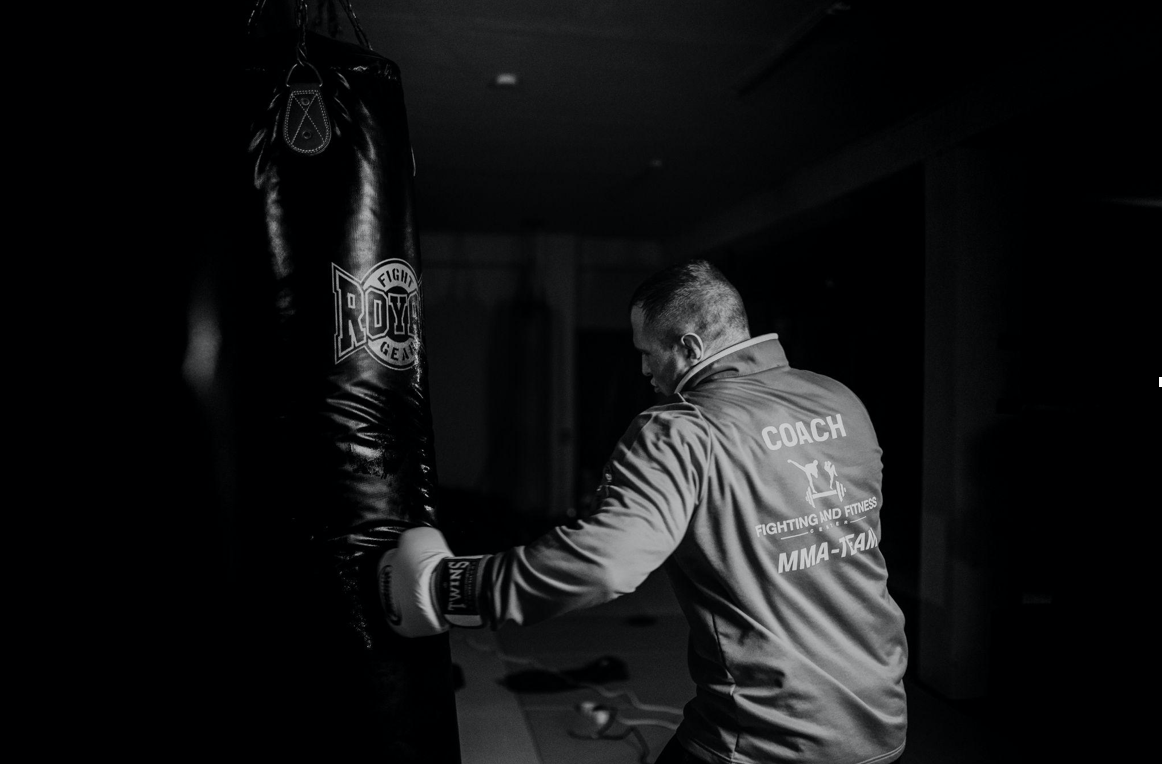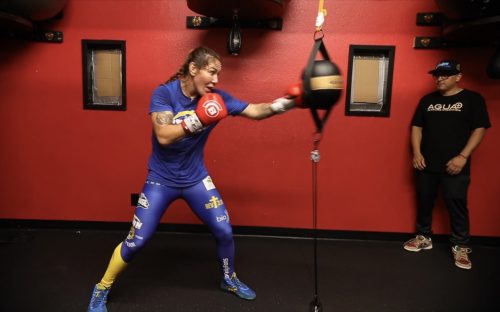
Mixed Martial Arts (MMA) is a fast-paced and highly competitive competition, featuring some of the most skilled athletes in combat sports. To stay on top of their game, fighters must be strong.
Building muscle isn’t an easy task, but MMA fighters have developed specific strategies to accomplish these goals. Here are 10 tricks MMA fighters use for building muscle.
High-Intensity Training
The main goal of high-intensity training is to push an individual’s body beyond its traditional limits and encourage muscle growth over time. This type of training works by utilizing exercises such as sprinting, burpees, jump squats, mountain climbers and other activities that require exertion for short intervals followed by rest.
Through this method, an individual can not only build strength but also increase muscular endurance so they can train longer and harder during MMA matches or workouts.
Isolation Exercises
The benefits of isolation exercises for MMA athletes include increased strength and improved muscle coordination. Isolation exercises can also help reduce the chances of injury by encouraging proper form and technique during training sessions.
For example, biceps curls target only the biceps with no additional support from other muscle groups. By isolating this one muscle in particular, MMA athletes can ensure their technique is precise and efficient, reducing the risk of strain on other associated muscles.
Compound Exercises
Compound exercises are a key component of any workout routine, especially for those involved in mixed martial arts. These exercises involve multiple muscle groups working together to perform a single movement. They can help increase muscular strength and coordination, improve overall body mobility, and provide a comprehensive workout that helps athletes reach their peak performance level.
Eating Habits
Poor eating habits often include skipping meals or eating very unhealthy foods such as fried and processed products. Consuming too much junk food and not enough nutrient-rich foods can cause weight gain and fatigue while depriving the body of important vitamins and minerals needed for optimal performance.
When an athlete’s diet lacks essential nutrients they may be more prone to injury during training or competition due to weakened bones or muscles.
Rest and Recovery
During rest and recovery periods, fighters should focus on activities that improve blood flow to muscles, such as stretching or foam rolling. Athletes should also ensure they are getting enough restful sleep each night; typically seven to nine hours per night.
Eating well-balanced meals with plenty of protein provides your body with the nutrients it needs for proper muscle repair after intense workouts. Incorporating active rest days into your weekly routine can also help reduce stress levels while still providing some physical activity.
Calisthenics
This is an exercise system that focuses on bodyweight exercises and dynamic movements. It is often used by athletes from all backgrounds including Mixed Martial Arts fighters to increase physical strength and agility. By performing calisthenic exercises, MMA fighters can improve their endurance, coordination and balance as well as strengthen their core muscles.
It includes exercises such as pull-ups, dips, push-ups, rows and various static holds. Many other more complex bodyweight movements like burpees and plyometric jumps are included in a typical calisthenic routine.
Nutrition Plan
A successful MMA nutrition plan should include all essential macro and micronutrients. A balanced daily diet should include adequate amounts of proteins, carbohydrates, fats, vitamins and minerals to meet the specific requirements of each athlete based on his/her metabolic needs.
Macronutrient quantities may need to be adjusted depending on an individual’s activity levels as well as their body weight. Water intake should be monitored closely during intense training periods as well as on fight day.
Core Techniques
Core techniques in mixed martial arts incorporate strikes such as punches, kicks, elbows and knees; grappling moves like throws and takedowns; submissions like chokes and locks; blocks; counters and feints.
These basic movements form the foundation of any fighter’s repertoire and must be mastered before advancing to more advanced skills. By understanding core techniques, fighters can further develop their strength, agility, coordination and power for optimal performance in the ring or cage.
Supplements
Supplements can be a useful addition to any athlete’s nutrition plan when used correctly. Protein supplements can help athletes increase their muscle mass; while micronutrients such as iron, zinc and magnesium may aid endurance and recovery time following intense training sessions.
When selecting brands, make sure they are from reputable sources that use high-quality ingredients and adhere to strict manufacturing standards. It’s also key to research the product thoroughly and understand what it does and how your body will respond to it.
Monitor Progress
An effective way to measure your MMA progress is through the monitoring of specific performance indicators such as strength, speed, power and endurance. By tracking these metrics over time, athletes can gain a better understanding of their overall progress and identify areas where they may need to focus more attention on improving.
For example, if you notice that your speed has decreased significantly over the last few months of training, then it could be beneficial for you to spend some additional time working on agility drills to make sure that this part of your game isn’t slipping.
Conclusion
MMA bodybuilding involves intense physical training, dedicated discipline, and strict dieting to obtain the desired fitness level. It can be difficult to achieve the desired results without an added boost of energy. A pre-workout supplement is one such solution that helps MMA athletes to stay energized and motivated throughout their routine.
Pre-workout supplements provide the necessary nutrients required for muscle growth and repair. High stamina and energy will keep you going for longer, making building muscle or learning a new technique much easier.
Photo credit Gantas Vaičiulėnas by Pexels
Latest from the blog
Wednesday, 16th Apr, 2025
Brandon Royval Discusses Head Injury That Cancelled Recent UFC Bout

Cris Cyborg training partner Vinicius Cenci added to PFL World Tournament

Volkanovski reclaims UFC Championship at UFC 314

Tickets | Cris Cyborg Boxing Fight San Jose, CA May 17 2025

Global Fight League cancels CA debut scheduled for May











